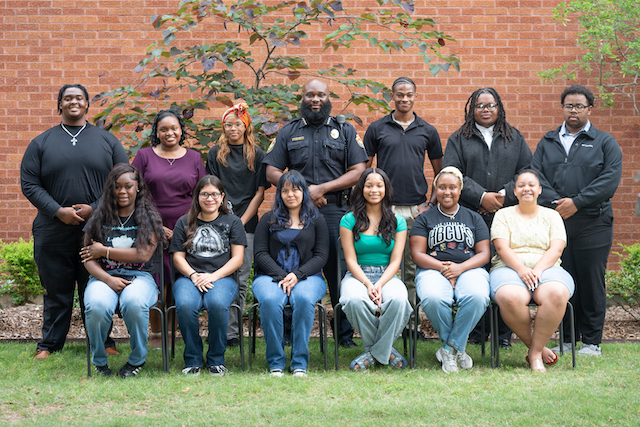‘Buried Alive’: Joplin bio still fulfills, frustrates
Published 8:53 am Thursday, September 20, 2018
My crash course in Southeast Texas crashed with “Janis Joplin Buried Alive,” written by her publicist-turned-biographer Myra Friedman. I read the ’92 version, limited some by the Joplin estate, which denied access to some Janis Joplin materials, but the book was not much tempered by time. Good thing.
Much acclaimed, it was brilliant everywhere but moreso depressing, leaving me at times yearning to drop it and read instead about The Big Bopper or my preferred favorite extreme woman, Joan of Arc.
“Buried Alive,” 45 years after the original, remains raw and personal and — OK, brilliant — but disturbing for its depiction of a central character who was always yearning, ever reaching and yet seemingly disappointed at every signpost along her journey to somewhere. I was, at every turn, disappointed by Janis Joplin’s disappointments, her penchant for relentless and furious and somewhat anonymous sex, Southern Comfort and, finally, heroin.
As a teenager, my attention in the ‘50s and ‘60s was for artists who got more radio time. Maybe that’s an East Coast thing.
My fleeting tragedy of the time came with the Beatles’ break-up and my own recollection of the West Coast sound was Scott McKenzie. I just had no soul … and no time. I was always scurrying from one job to the next — paper route to golf caddie to dishwasher. I had no time for long, meaningful moments by the stereo, spinning long playing records; the radio had to do. Some folks just had neither time nor leisure to be part of the counterculture.
So those who died at 27 — Jimi Hendrix and Jim Morrison and Janis Joplin — when I was 16, were names from somewhere else. I missed that excitement.
I didn’t give Janis Joplin another thought until the mid-1990s, when I heard a younger co-worker play Faith Hill’s country-bubblegum version of “Piece of My Heart” and mentioned to her that’s not how that song was supposed to be sung. My co-worker had never heard of Janis Joplin. I dug around some to find Janis Joplin’s recording and couldn’t. Now I’ve got You Tube.
And, I suppose, “Buried Alive,” which has always been there. From its introduction, you can sense something special, like this sentence: “Ecstatic on stage and emotively sublime, she went through life like a superbly visible comet streaking across the sky: quick, brilliant, gone.” Beat that.
Each word matters: Quick, brilliant, gone. Out of Port Arthur, out of Austin, on to the West Coast, Monterrey and fiery fame. From Big Brother to Kozmic Blues Band to Full Tilt Boogie Band. From one man or woman or “pretty boy” to the next. From one drug of choice to another.
What makes Friedman’s book both important — she was there for the few years of high points — and frustrating — is she recounts the artist’s myriad disappointments with bands not good enough, crowds too small, loves not satisfying and, sadly, the lack of close friends and the persistent insecurities — always, the insecurities. Nothing seemed good enough. Then she died alone in a cheap, rented room.
It’s startling to measure Joplin’s work in matters of months, to appreciate how short her time was. For me, it came with this: She died younger than my youngest child is now. She grew up, or struggled to, at an age when millennials remain in their parents’ homes. She was drunk and jaded at an age when I was still in college.
And you can know that and miss the body of work that never leaves the stage — nor should.
Friedman suggests Joplin’s greatest work was ahead of her. “Pearl” was the harbinger. Or maybe the best work was in raw stuff and recordings not released.
She only had a few years. Take it or leave. (Take it.)
Ken Stickney is editor of The Port Arthur News.





